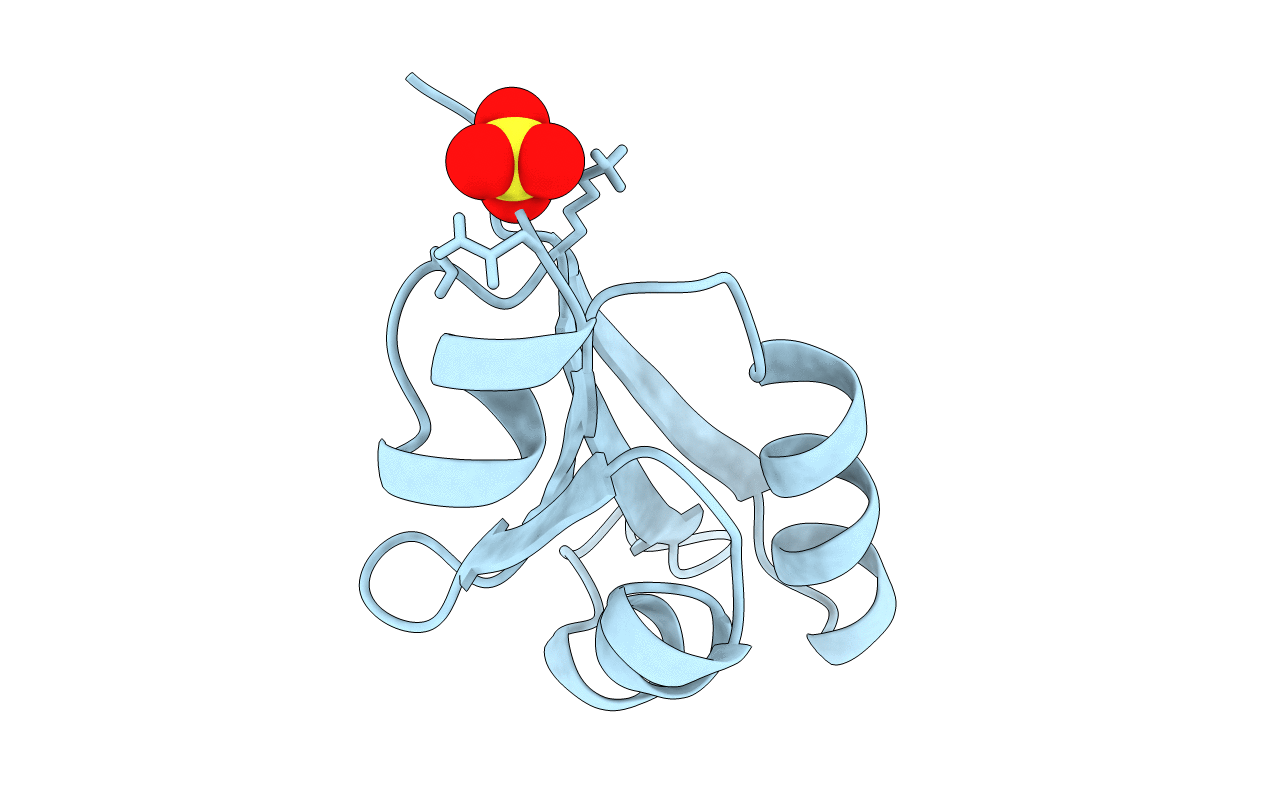
Deposition Date
1999-05-28
Release Date
1999-07-21
Last Version Date
2024-10-30
Method Details:
Experimental Method:
Resolution:
1.80 Å
R-Value Free:
0.21
R-Value Work:
0.16
R-Value Observed:
0.16
Space Group:
P 63 2 2


